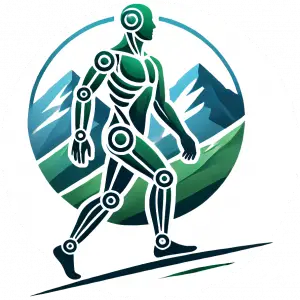Soft Systems in Exoskeletons
When discussing the advancements in exoskeleton technology, it’s essential to explore soft systems. These innovative designs revolutionize how exoskeletons function by focusing on flexibility, comfort, and usability. But what exactly are soft systems in exoskeletons, and how do they work?
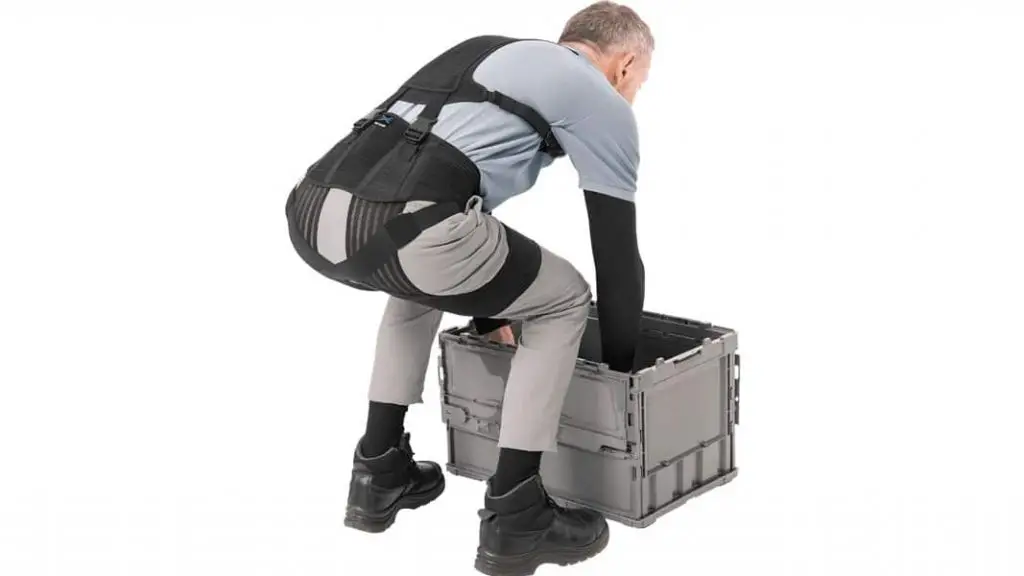
What Are Soft Systems in Exoskeletons?
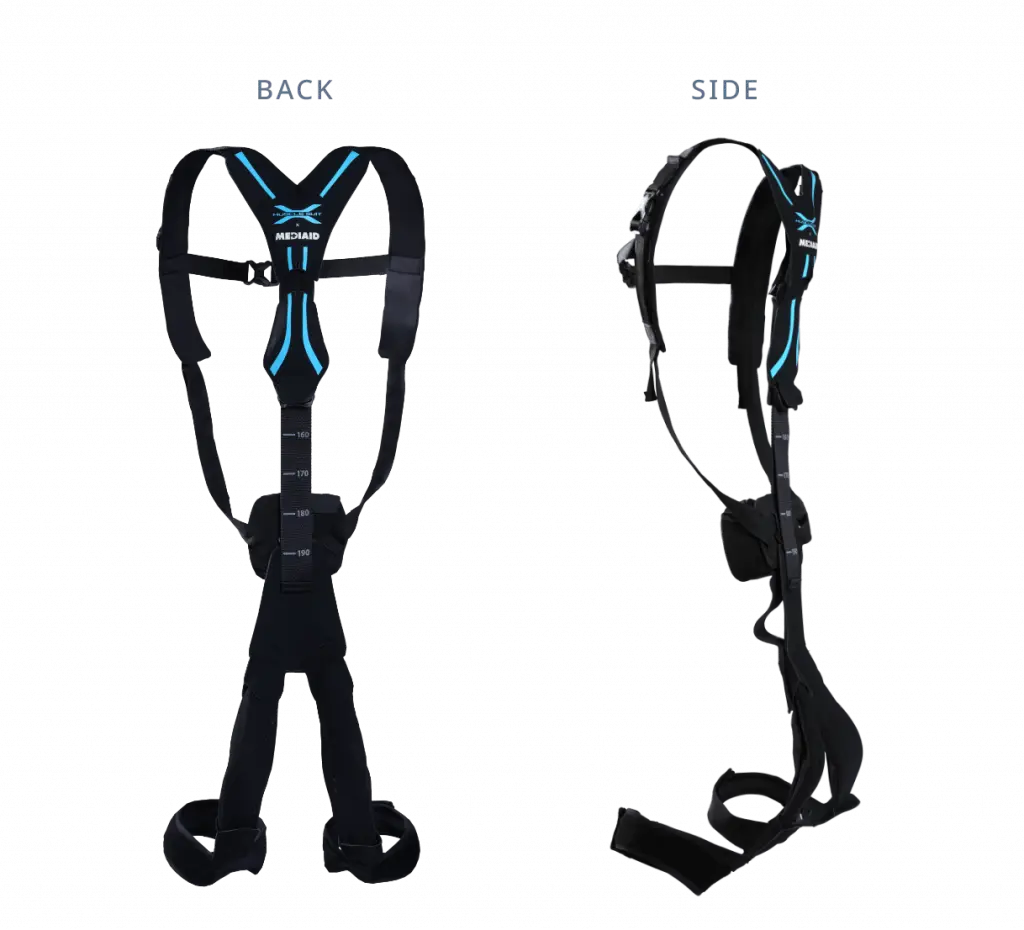
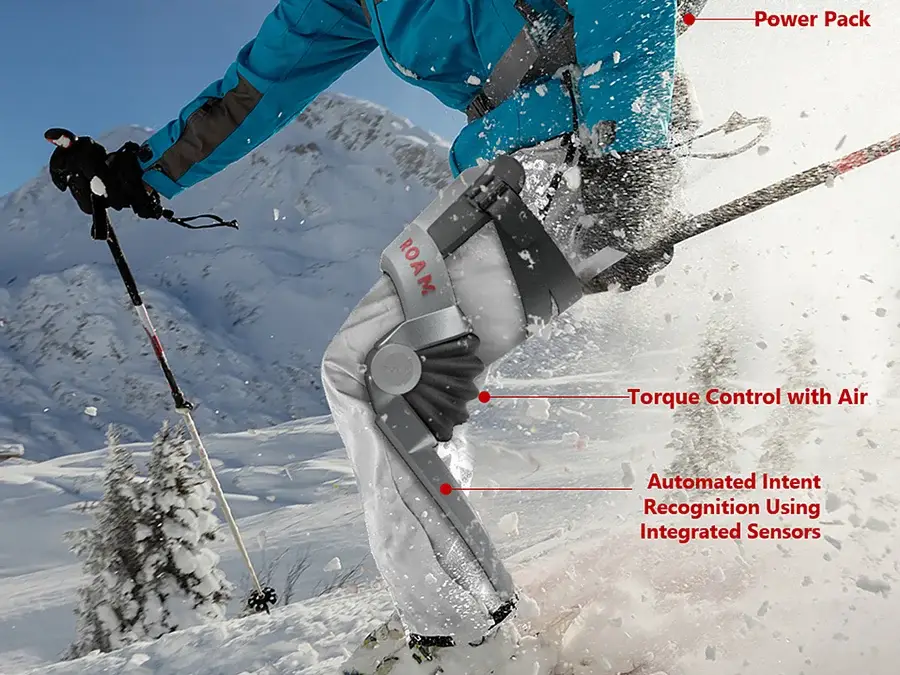
How Soft Systems Work
Soft systems in exoskeletons operate using a combination of advanced materials and innovative engineering. These systems often rely on:
Soft Actuators: Pneumatic or hydraulic components embedded within the fabric to assist movement.
Sensors: Flexible sensors monitor the user’s posture, movements, and exertion levels to provide adaptive support.
Control Mechanisms: Lightweight control units process data and adjust the level of assistance in real time.
The absence of bulky mechanical structures makes soft exoskeletons lighter and more comfortable, allowing users to perform tasks with greater ease.
Benefits of Soft Systems in Exoskeletons
Soft systems offer several advantages over their rigid counterparts:
Enhanced Comfort: Flexible materials conform to the body, reducing discomfort during prolonged use.
Lightweight Design: The absence of rigid frames makes these systems easier to wear and transport.
Improved Mobility: Soft exoskeletons allow for a wider range of motion, making them suitable for dynamic tasks.
Versatility: These systems are adaptable to various body types and can be customized for specific applications.
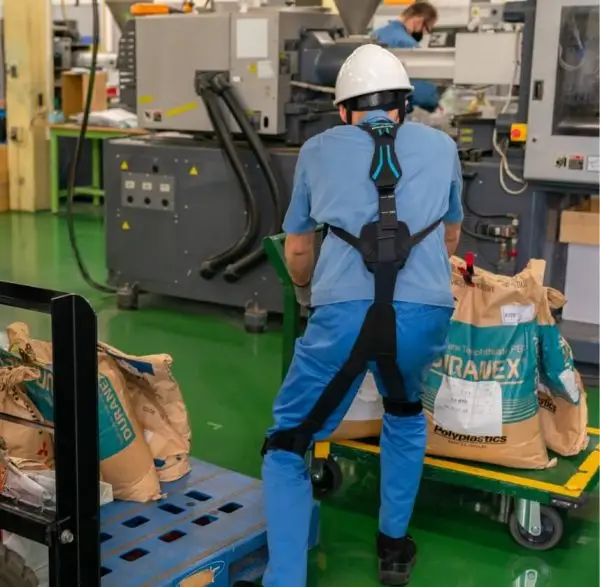
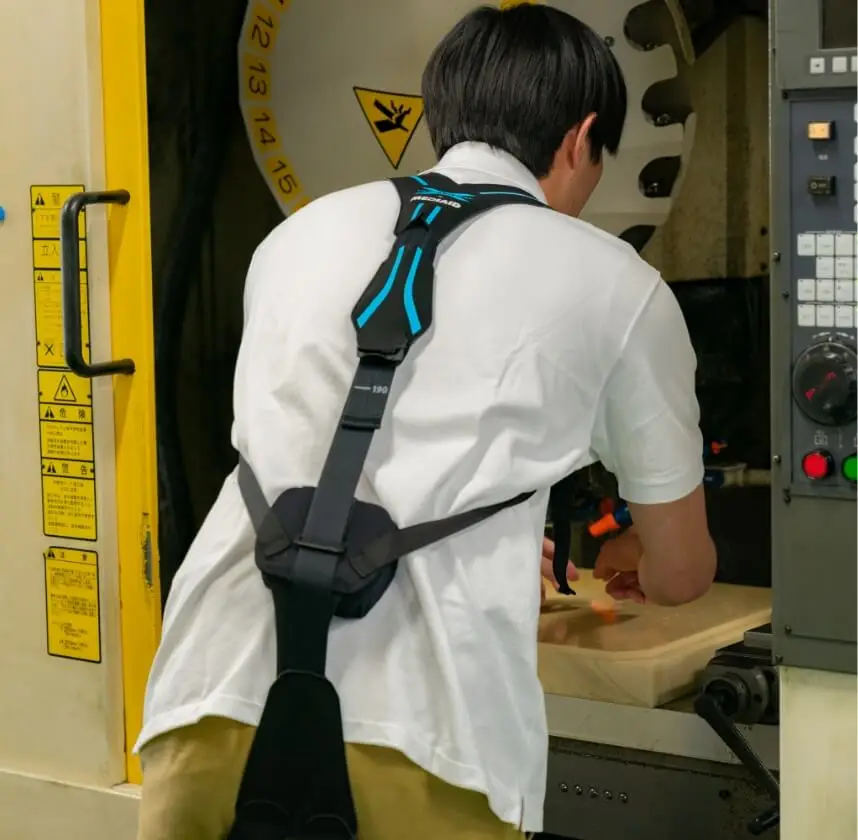
Applications of Soft Systems
Soft exoskeletons are particularly valuable in industries where comfort and mobility are critical. Common applications include:
Healthcare: Assisting individuals with mobility impairments or during rehabilitation.
Logistics: Supporting workers in tasks that require bending, lifting, or extended physical exertion.
Consumer Use: Enhancing physical capabilities for recreational activities or daily tasks.
The Future of Soft Exoskeletons
Related Posts
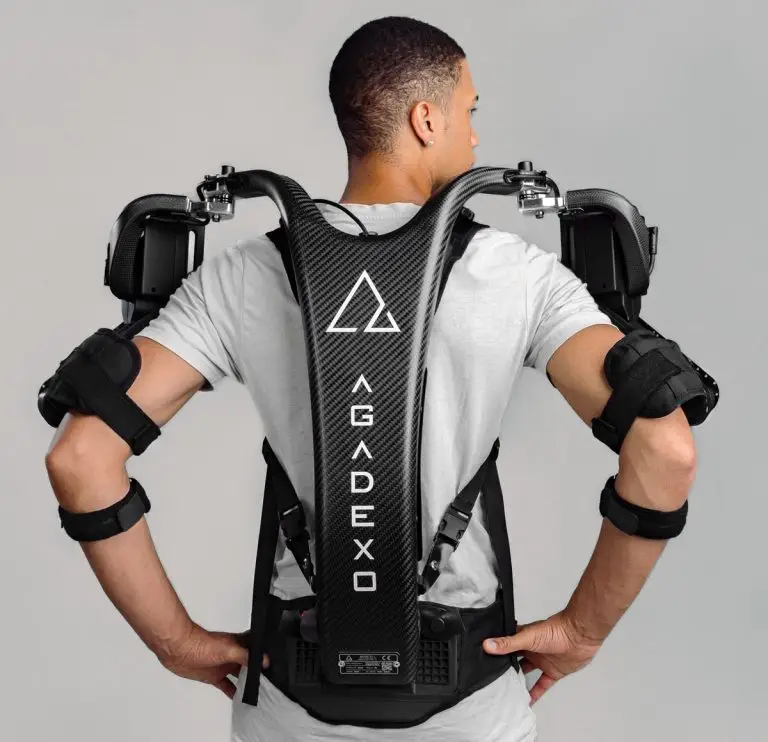
How the Agadexo Exoskeleton Redefines Workplace Efficiency
The Agadexo Exoskeleton is a game-changer in workplaces like manufacturing, logistics, and assembly lines. Its semi-active design reduces the physical load on the shoulders and upper back by up to 40%, as validated by studies performed under EAWS® certification guidelines. But what sets Agadexo apart?


